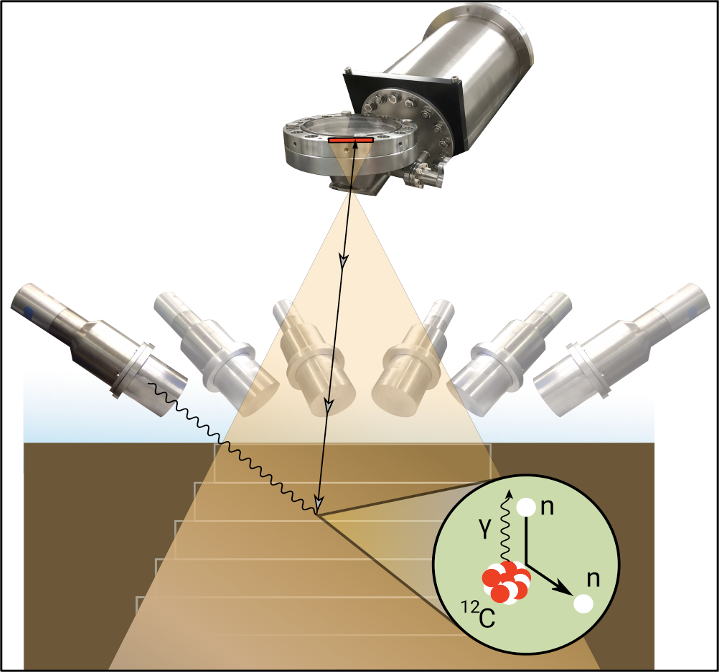The projects selected offer “promising solutions” to the nation’s climate change challenges by helping to reduce greenhouse gas emissions and will “accelerate their deployment into the private sector for maximum impact,” according to DOE Chief Commercialization Officer and Director of the Office of Technology Transitions Dr. Vanessa Z. Chan.
One of the projects selected focuses on developing methods and technology to monitor and accurately predict the carbon emitted and absorbed in forests to inform forest-based carbon dioxide removal (CDR) efforts and will be led by Charlie Koven and Jennifer Holm, two lead investigators of the Next Generation Ecosystem Experiments-Tropics project. The team will employ the Functionally Assembled Terrestrial Ecosystem Simulator (FATES), a mechanistic vegetation modeling approach at the heart of the NGEE-Tropics project that simulates detailed forest carbon balances and takes into account changing interactions of forested ecosystems in a warming Earth system, and under changing land management.
FATES development substantially improves the ability to accurately calculate the carbon emitted or absorbed in forests–and is a huge benefit to CDR research which requires precise carbon accounting. This project will be a collaborative effort involving scientists and industry experts in the voluntary carbon market from Cultivo, Living Carbon and UC Berkeley’s Carbon Trading Project.

“The goal is to use this approach to develop high quality monitoring, reporting and verification (MRV) technology and better characterize dynamic baselines for calculation of carbon credits,” Holm explained, “as well as to take into account changing climate risk of forest carbon reversal due to wildfire and other disturbance processes. Ultimately, this funding will enable the testing and deployment of a Measurement, Reporting, and Verification technology for closer engagement with CDR industry partners to help move past any market barriers, advancing our understanding of forest carbon balances and removal details on a larger scale.”
The second Berkeley Lab-selected project will focus on developing an instrument that can better monitor and quantify soil carbon in agricultural lands. EESA Senior Scientist Eoin Brodie has teamed up with Arun Persaud, Staff Scientist from the Accelerator Technology & Applied Physics (ATAP) Division in Berkeley Lab’s Physical Sciences Area to create a new method for finding carbon stored in soil by plants and microbes.
“It’s like an X-ray for the soil,” Brodie explained. “We have a major limitation in understanding and quantifying how carbon enters and persists in soil because of the way that we measure it,” Brodie continued. “Typically we would take a soil core sample from a position in a field and bring it back to the lab. Then we’d take a tiny fraction of the core, basically burn it and measure the carbon that’s released. It’s extremely laborious and costly to do that, and you don’t even know how representative those fractions are.”

The focus of the project is to commercialize an instrument that can non-destructively measure intact soil cores without subsampling and identify the amount of carbon and other elements in soil as a function of depth with centimeter resolution. The technology has the promise to provide a much faster, cheaper, reproducible and standardized method of soil carbon analysis compared to the current standards. The instrument could have a significant impact on carbon accounting in soils for nature-based solutions and soil health goals, contributing an important new tool to measurement and verification efforts in the emerging carbon economy for agriculture.
As food demand increases, this novel tool can help develop more sustainable agricultural practices with the purpose of protecting and storing soil carbon, as agriculture currently accounts for a significant portion of the nation’s carbon dioxide emissions. The project, led by Persaud, is also a collaborative effort involving Adelphi Technology, a local company making neutron generators. “This is a great opportunity to develop a new kind of instrument,” Persaud remarked. “It highlights the importance of cross-disciplinary research within the lab and shows how results from our work can be brought to the market with the help of an industry partner.”


